Description
Technical Specifications:
-
Material: A5052 Aluminum
-
Precision: ±0.01mm
-
Surface Treatment: Gold anodizing + sandblasting
-
Machining Process:
-
Anodizing
-
Profile Milling
-
Sandblasting
-
What is Jig Machining?
Jig machining refers to the production of fixtures or tooling aids used in mechanical processing, quality inspection, and assembly in mechanical, electrical, and electronic industries. Jigs are essential in testing product accuracy, such as verifying phone case logos, aligning parts for precision testing, or pressing components together for quality assessment.
Benefits of Using Jigs in Mass Production
-
Streamlines Manufacturing: Reduces machining steps and pre-determines measurement and design approaches before production.
-
Enhances Accuracy: Ensures precise positioning of workpieces without manual adjustments.
-
Consistent Quality: Maintains uniformity in mass production, ensuring parts fit a wide range of assembly requirements.
-
Reduces Inspection Costs: Minimizes quality control expenses and prevents excessive material waste.
-
Improves Efficiency & Cost Savings: Boosts productivity and lowers operational costs.
At HM-VH, we specialize in custom aluminum jig machining, offering various designs tailored to your production needs.
Aluminum Jig Machining Process
1. Workpiece Preparation
-
When machining aluminum components of varying thicknesses, the heat factor must be managed carefully to prevent material deformation.
-
For intricate designs with multiple cavities, machining should begin from the outer edges to evenly distribute cutting forces and heat.
2. Cutting Tool Selection
-
Material Properties: Aluminum is soft and ductile, increasing the risk of material adhesion.
-
Recommended Tools:
-
2-3 flute carbide end mills with a 45° helix angle for better chip evacuation.
-
Coated or uncoated carbide tools based on adhesion resistance needs.
-
Cutting length should be less than 2.5 times the tool diameter for stability.
-
3. CNC Cutting Parameters
-
Set optimal feed rate, cutting speed, and depth of cut to balance performance and tool life.
-
Minimize cutting depth while increasing feed rate and spindle speed to reduce cutting force.
-
Use climb milling for better surface finish and lower tool wear.
-
Ensure continuous cooling to maintain temperature control.
-
Use CNC machines with spindle speeds above 6000 RPM for optimal aluminum jig machining.
4. CNC Jig Machining Execution
Once tools and parameters are set, the CNC machine follows pre-programmed instructions to execute high-precision aluminum jig fabrication.
Why Choose HM-VH for Aluminum Jig Machining?
✅ High Precision & Quality – ±0.01mm accuracy with top-tier surface treatment.
✅ Custom Solutions – Tailored jig designs for diverse industrial applications.
✅ Advanced CNC Technology – Cutting-edge machining centers for consistent results.
✅ Competitive Pricing – High-quality products at cost-effective rates.
✅ Reliable Delivery – On-time production with stringent quality control.
📞 Contact us today for expert aluminum jig machining solutions!
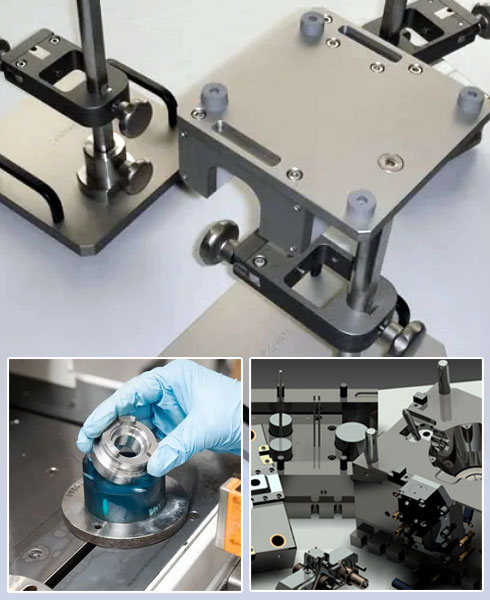
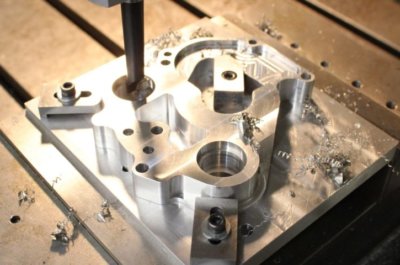
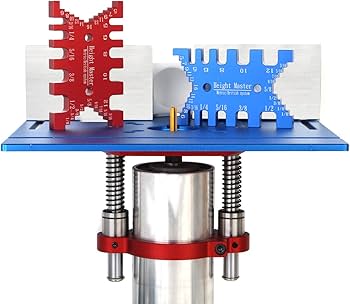
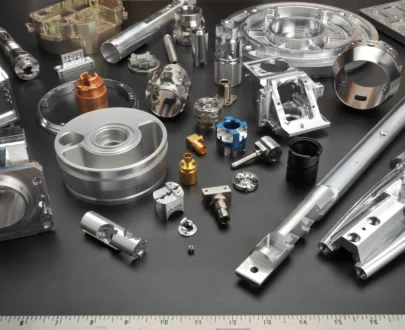
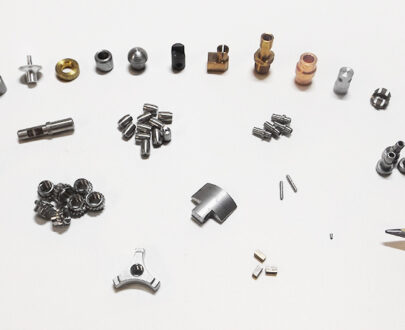
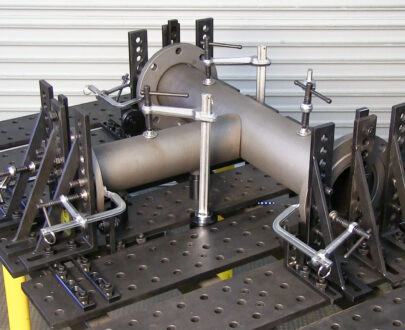
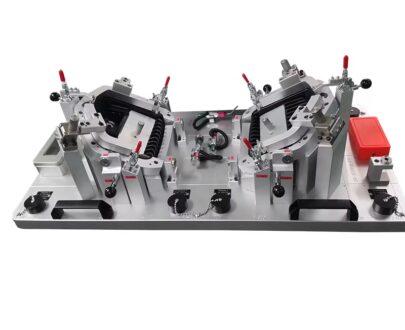
Reviews
There are no reviews yet.